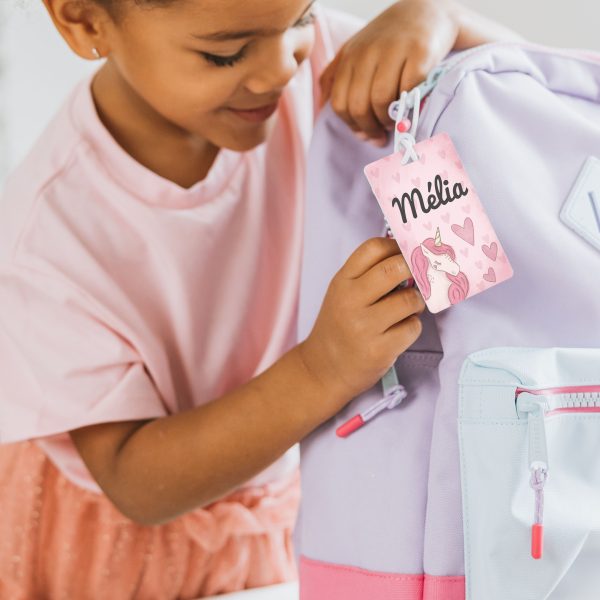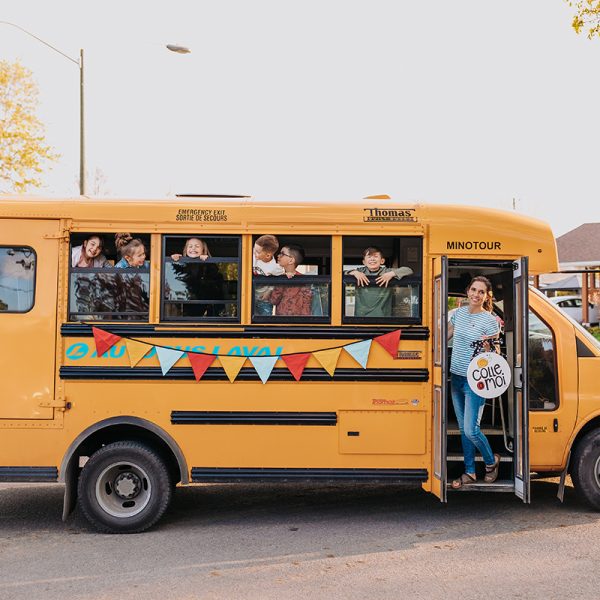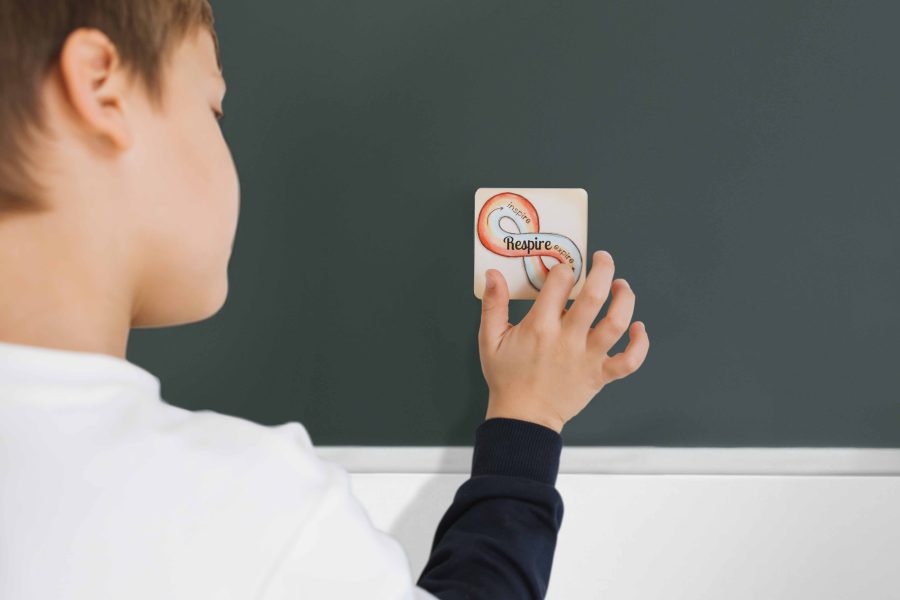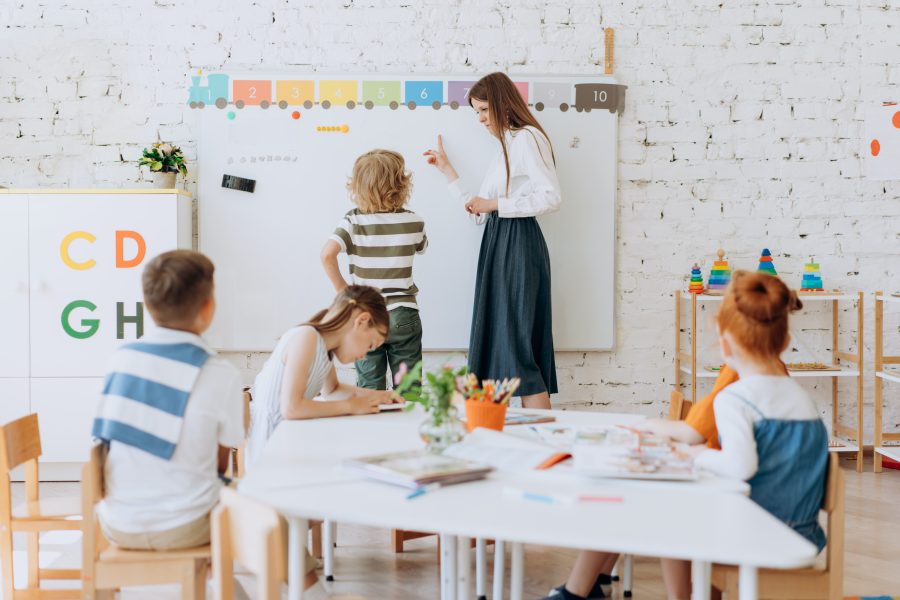Summer vacation is just around the corner, and children are coming home with bags full of used school supplies. The question then arises: what should we do with all this material? Properly recycling school supplies is not just a matter of convenience; it is also crucial for our environment. In this blog, we will examine each type of school supply and provide practical tips on how to recycle or reuse them effectively. Whether it’s notebooks, pens, pencils, binders, or markers, every item has the potential for a second life!
Why proper disposal of school supplies is important
Proper disposal of school supplies is important for several reasons. Firstly, it supports recycling efforts by ensuring that recyclable materials are correctly processed rather than ending up in landfills. This helps conserve natural resources and reduces environmental pollution. Secondly, it highlights the value of reusable items, encouraging students and parents to opt for products that can be used multiple times, thereby minimizing waste. By focusing on recycling efforts and promoting the use of recyclable materials and reusable items, we not only protect our planet but also foster a culture of sustainability and environmental responsibility for future generations.
Common school supplies and their disposal methods
Markers and highlighters
First, check if manufacturers offer specific recycling programs. Some brands, like Crayola with its ColorCycle program, accept old markers and highlighters to recycle them properly. If not, remove the plastic parts of the markers and highlighters, which can often be recycled with other rigid plastics. Ink cartridges, on the other hand, may sometimes be reused or safely disposed of by specialized recycling centers.
Pens, pencils and mechanical pencils
There are several recycling methods for pens, pencils, and mechanical pencils. For traditional ink pens, ink cartridges can often be recycled at specialized recycling centers. Similarly, wooden pencils can be composted once they have been fully used. Ballpoint pens and mechanical pencils can be disassembled to separate the plastic parts from the metal parts, allowing them to be recycled individually.
Also, dried-up ink pens and pencils can be sent to different places for reuse or recycling. Several places, such as Bureau en gros (Staple), have dedicated drop-off bins for recycling these items. Some eco-centers also accept them.
Paper and notebooks
For a spiral-bound notebook, remove the coil and any plastic coverings. Place the paper in the recycling bin and dispose of the rest in the trash. If there are stickers on the notebook, it’s important to remove them before recycling; otherwise, it won’t be recyclable.
To keep your kid’s school supplies organized and easily identifiable, consider using name labels. These durable and customizable labels are perfect for marking notebooks, binders, and other school items, ensuring nothing gets lost or mixed up. Don’t forget to remove them before recycling!
Binders and folders
Plain paper folders can be placed in the recycling bin. As for the plastic ones, if they’re in good condition, it’s advisable to keep them and make necessary repairs using decorative duct tape to cover small tears and allow children to create their own designs. If they are heavily damaged, they should be thrown in the trash.
For binders, you should tear off the plastic cover and dispose of it. Then, remove the cardboard inserts and place them in the recycling bin. Recycle the steel ring binder at your local steel recycling facility.
Calculators and electronic devices
It is advisable to check if the manufacturer offers a take-back or recycling electronic items program. Many brands accept old devices for recycling or reuse. If not, these devices can often be taken to specialized recycling centers that handle electronic waste. These centers recover valuable materials and safely dispose of hazardous components.
You can find the nearest center on the Recycle My Electronics website.
Additionally, if the device is still functional, donating it to a charity or a less equipped school can extend its lifespan and reduce its environmental impact.
Glue and tape
Glue sticks, once empty, can often be recycled in rigid plastic recycling programs, provided all glue residue is removed. It is important to check local recycling guidelines, as they can vary. For tape, as it is often made of non-recyclable materials, it typically needs to be thrown in the trash.
Art supplies
Empty paint tubes, especially those made of plastic or metal, can be recycled according to local guidelines, but it’s essential to clean them thoroughly first. Brushes, generally made of non-recyclable materials, should be thrown in the trash unless they can still be used. Sketchbooks and other papers can be placed in the paper recycling bin. Don’t forget to remove the metal binding if there is one! Finally, to minimize waste, it’s recommended to encourage children to use their supplies until they are fully used up!
Backpacks and lunchboxes
Has your backpack or lunch box seen better days? Keep in mind that it shouldn’t be placed in the home recycling bin. If it’s so worn out that it can’t be used anymore, unfortunately, the only option is to throw it in the trash. Metal lunch boxes, however, can generally be recycled with metals.
However, first check if they can be repaired or reused by others. If it’s still in good condition but no longer meets your needs, consider donating it to a local reuse organization. This can help a student or a family in need.
Recycling options for school supplies
Recycling facilities and municipal programs
Many communities offer recycling facilities and municipal programs that cater to a variety of school supplies. Items such as paper, cardboard, and some plastics can often be dropped off at local recycling centers. It’s important to check with your local municipality to understand which materials are accepted, as this can vary. These facilities usually provide guidelines on how to prepare items for recycling, ensuring they are clean and sorted correctly.
If you’re unsure whether an item is recyclable, you can visit the Ça va où website or app. You can search for a product to see if it can be recycled ans eligible items!
Mail-back tech recycling programs
For electronic devices and tech gadgets used in schools, mail-back recycling programs are an excellent option. Companies like Apple, HP, and Dell offer programs where you can send back old electronics for proper recycling. These programs are designed to handle the safe disposal of electronic waste, ensuring that valuable materials are recovered and hazardous components are managed correctly. This is especially useful for recycling calculators, tablets, and other tech items that are no longer functional or needed.
Staples for recycling
Staples offers a comprehensive recycling program for various school supplies. Customers can bring in items such as used pens, markers, batteries, and small electronics to be recycled. Staples partners with recycling organizations to ensure these items are processed properly and kept out of landfills.
You can also do it online : Order a packing and shipping material, package your item that you can recycle and send it off! Equipment is recycled and data is securely destroyed.
Certain Staples stores also offer a free recycling program for all types of pens/pencils/markers through a fabulous organization name Terracycle. You can easily find a nearby store that participates and drop the pens in the bin! If you can’t find a nearby drop-off location, you can still work directly with Terracycle. Simply order a box from them and send your used pens and pencils back in it.
Also, your school might have a fundraising program with Terracycle. When you recycle with them, you earn points for every shipment of hard-to-recycle waste you send in. These points can then be redeemed for a donation to your school!
Reusing and repurposing school supplies
Tips for reusing school supplies
Start by sorting through last year’s items to see what can still be used. Notebooks with unused pages can be repurposed by removing the old ones, and binders can be refreshed with new covers or dividers. Gather pencils and pens that are still in good condition for easy access. Consider repairing or decorating worn-out supplies with colorful duct tape or stickers to give them a new life. Additionally, reusable items like lunch boxes and water bottles can be cleaned and personalized for the new school year.
Your markers and highlighters that aren’t working as well might still be reusable. Our trick is to add water to the cap and place the pencil upside down for a few hours. Sometimes, the markes will work like new again! We recommend doing this over a sink.
For pens, I turn them upside down and place them in a container for a few weeks. After that, I check if the ink has flowed down to the tip!
Encouraging kids to take care of their supplies throughout the year can also help extend their usability. By reusing school supplies, you not only save resources but also teach children valuable lessons about sustainability and resourcefulness.
Donating school supplies
If you have items that are still usable but no longer needed, consider donating them to a school where they can be reused. Items like notebooks and pens can be collected and redistributed to students in need. Even a reusable container, such as one used for lunches, could be donated.
There are even several organizations to which you can donate school supplies, and they take care of distributing them to schools in need. Here are a few examples:
- world vision for all children around the world.
- Sun youth : for family living in Quebec.
By offering these supplies, you help ensure quality education for all children, providing them with the necessary tools to succeed academically. Participating in school supply donations is a tangible way to have a positive impact on the community and the environment.
Disposing of hazardous school supplies
Recycling hazardous items
Hazardous wastes encompass materials that exhibit flammability, corrosiveness, high reactivity, or toxicity. Consequently, they should not be disposed of in regular trash receptacles. Improper disposal of electronics also presents risks. E-waste should never be discarded in standard trash or recycling bins; instead, it requires specialized disposal at designated e-waste collection centers.
According to your region, you can find places to drop off these eligible items. You can also visit the “Je récupère mes résidus dangereux” website to find a drop off nearly you.
Proper disposal of batteries
Batteries, especially rechargeable batteries, contain heavy metals and other toxic substances that can harm the environment if not disposed of properly. Schools should have designated collection points for batteries, where students and staff can drop off used batteries for recycling. It’s essential to segregate different types of batteries and ensure they are stored safely to prevent leaks or other hazards. Partnering with local recycling facilities or battery manufacturers can facilitate proper disposal and recycling of batteries.
On the Recycle Batteries Canada website, you can enter your postal code to find the nearest drop-off location. Many stores, such as Rona, Staples, and various pharmacies, have collection points available.
Disposing of broken or unusable materials
If items cannot be salvaged, they should be disposed of according to local regulations to ensure safety and environmental responsibility. Regular inspections and maintenance can help identify and address potential hazards promptly.
Conclusion
In conclusion, appropriate management of school supplies is essential to promote environmental sustainability and social responsibility. By recycling or reusing our supplies, we contribute to waste reduction, preserve natural resources, and foster a culture of responsible consumption. It is crucial to inquire about recycling options available in our community and to adopt environmentally friendly practices throughout the school year. By working together to promote more sustainable consumption habits, we can create a greener future for our children and future generations.








